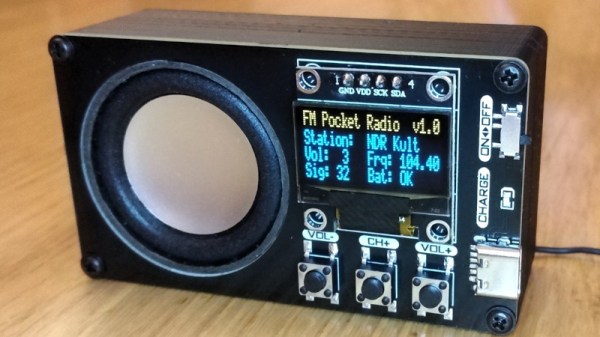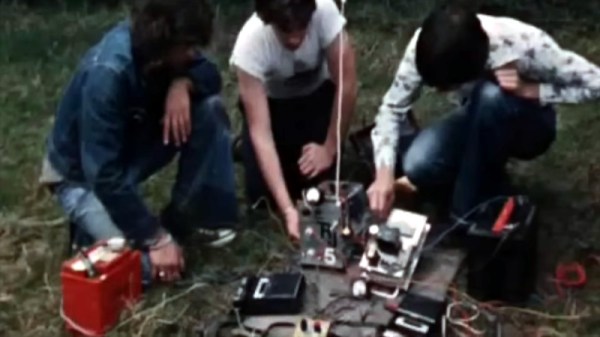The decline of AM broadcast radio is a slow but inexorable process over much of the world, but for regions outside America there’s another parallel story happening a few hundred kilohertz further down the spectrum. The long wave band sits around the 200kHz mark and has traditionally carried national-level programming due to its increased range. Like AM it’s in decline due to competition from FM, digital, and online services, and one by one the stations that once crowded this band are going quiet. In the middle of all this it’s a surprise then to find a new long wave station in the works in the 2020s, bucking all contemporary broadcasting trends. Arctic 252 is based in Finland with programming intended to be heard across the Arctic region and aims to start testing in September.
The hack in this is that it provides an opportunity for some low-frequency DXing, and given the arctic location, it would be extremely interesting to hear how far it reaches over the top of the world into the northern part of North America. The 252KHz frequency is shared with a station in North Africa that may hinder reception for some Europeans, but those with long memories in north-west Europe will find it fairly empty as it has been vacated in that region by the Irish transmitter which used to use it.
So if you have a receiver capable of catching long wave and you think you might be in range, give it a listen. Closer to where this article is being written, long wave stations are being turned off.
Harris & Ewing, photographer, Public domain.















